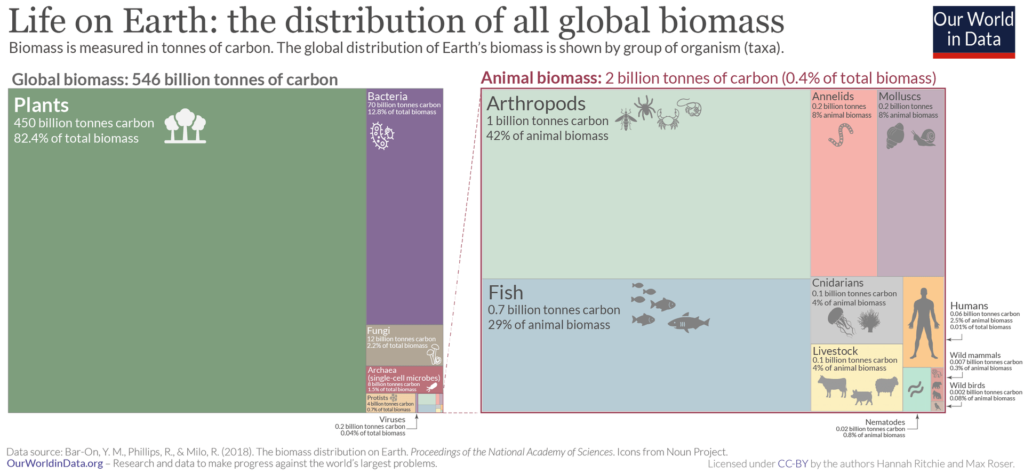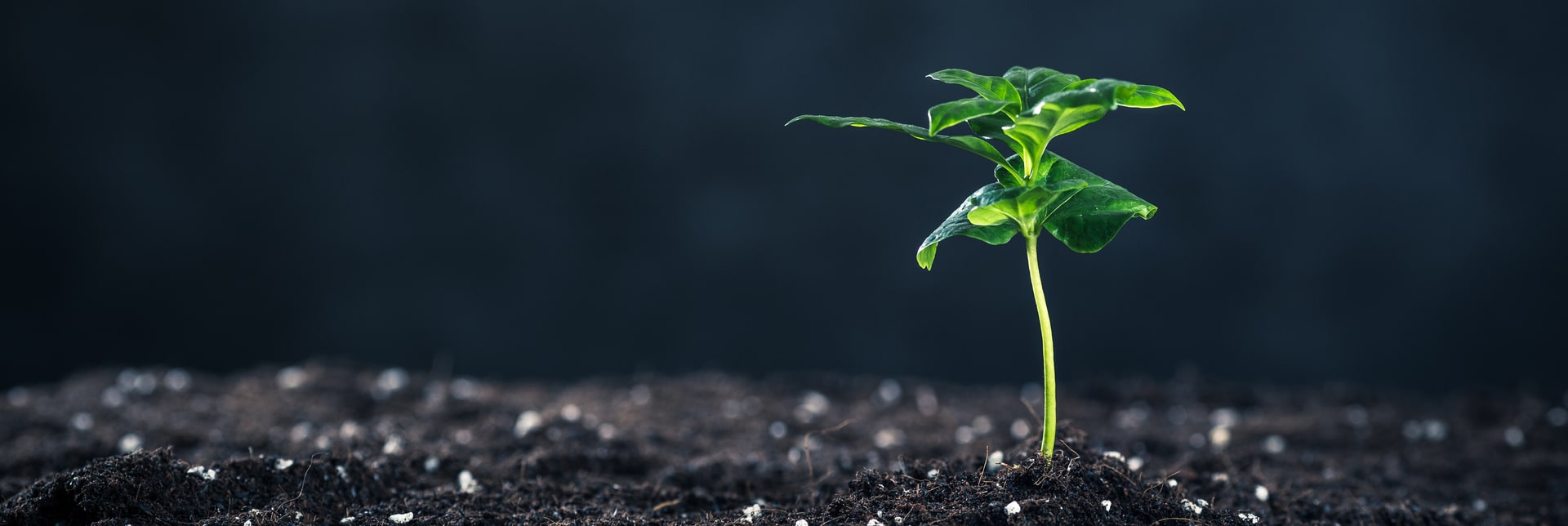That’s soil, not dirt.
In the 2012 film, Symphony of the Soil directed by Deborah Koons Garcia, the narrator describes soil as “the living skin of the Earth.” The film captivates because it showcases the collaborative spirit of scientists and farmers who explain in plain English the complexities and mysteries of good soil. They also show the detrimental effects on farmed land and on a plant’s nutritional value when that complexity and mystery are ignored.

Fertile, loamy soil is the essential food of plants.
Good soil is essential to life on Earth but the ways to get it good and keep it good are not always understood. Two barriers can easily impede understanding: invisibility and chemistry. It’s not uncommon for backyard enthusiasts, new farmers, or those who manage large monocrops to overlook problems introduced by mechanical tilling, or to skip details that involve the roles of cover crops, decomposers, and trace minerals.
Soil and dirt are not interchangeable. Dirt gets thrown away or washed off. Soil is precious and alive. Ask devotees who have crossed from the land of dirt to the land of soil, and you will likely receive an enthusiastic explanation of the difference.
Small but mighty
A basic understanding of good soil is difficult because what matters is interdependent and out of sight. The relationships are not generally understood and the invisible or unnamed “stuff” is easily destroyed by a mechanical or industrialized mindset. Certainly, it takes time and effort to understand and manage the many macro-level interactions that encourage a healthy plant: the role of earthworms, pollinators, air, sun, moisture, and rain. But there’s more. A lot more.
“A teaspoon of productive soil generally contains between 100 million and 1 billion bacteria.” 1
At and beneath the surface, there are millions of micro-organisms – specifically bacteria, algae, and fungi – that perform an invisible choreography enabling adsorption and absorption, which in turn help a plant obtain nutrients from primary, secondary, and trace minerals. These micro-organisms make up more than 15% of the Earth’s biomass (humans, in contrast, make up 0.01%). This is one part of the invisible choreography that enables plants to become healthy, strong, and — just as importantly — nutritious.

A data map from 2019 that shows biomass of life on Earth. Our World in Data. Creative Commons BY license.
Created by Hannah Ritchie and Max Roser.
Trace minerals
According to Nature, “all plants require 17 elements to complete their lifecycle,” with 14 derived from soil.2 While a plant’s complete absorptive process involving leaves and roots is beyond the scope of this piece, a high-level view of two more steps in the choreography are considered: how trace minerals get into the soil, and how they become useable.
Weathering
Primary minerals, such as potassium and sodium, come from large rocks (called parent materials), that may include mica, quartz, and feldspar, and others. Through the effects of physical and chemical weathering such as wind, water, heating, and cooling, large rocks are broken down and contribute to the composition of soil, with their mineral components being made available at varying rates. Further weathering creates secondary minerals, such as clay minerals, calcite, and gypsum.3
Ionization
Trace minerals and metals, however — which include boron, chlorine, manganese, iron, zinc, copper, molybdenum, nickel 4— may be present in the soil due to further weathering of primary and secondary minerals, but cannot be used by the plant as is. They must undergo a chemical process or ionization, which adds a charge. When ionization results in a positively charged ion, it’s called a cation (pronounced kat’-ion). “Cation exchange” is what makes trace minerals available as plant nutrition.
Further, it’s the soil’s cation-exchange capacity, or CEC, that measures its ability to retain and supply nutrients. If one is a serious grower, the CEC must be known.

Numerous factors synchronize to influence the health of soil and plants.
All living bodies, as well as soil, require trace minerals, which are equally important to forest and field. While the factors that created mineral-rich, fertile soil happened slowly over millennia, the ability to just “plow through” happened fast, with lasting effects.
But, as increasing numbers of farmers and scientists work together, and more people take the additional time to understand mineral requirements for growing nutritious food, the numbers of those involved in a more careful, regenerative approach will only increase.

